All my life, I've been a recurring contestant on a game show — regardless of whether I wanted to play or not. The questions go something like this.
Are you a light-skinned black girl?
Are you Hispanic?
White?
Where are you from?
What are you?
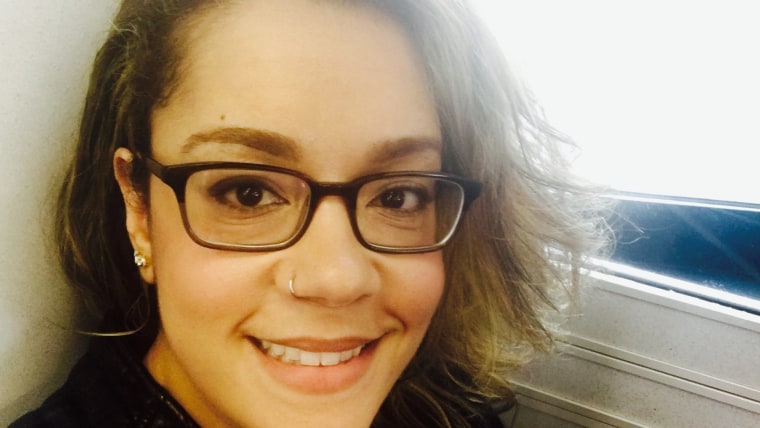
That's the one that gets me the most. No matter how I respond, I always feel like I'm giving the wrong answer.
If I answer "I'm from New York" or "What do you mean?" the question-asker won't get specific, opting for a vague "You know..." in the hopes that I'll clear up what they're actually wondering about — my ethnicity.
If I answer, "Irish African-American," I get a confused look and a follow-up like, "You're not Hispanic?"
I've never walked away. I've never said “It doesn’t matter," or “I’m more than just my race.” I think I've always hoped that those asking "What are you?" would realize the question might be offensive and apologize. That's never happened.
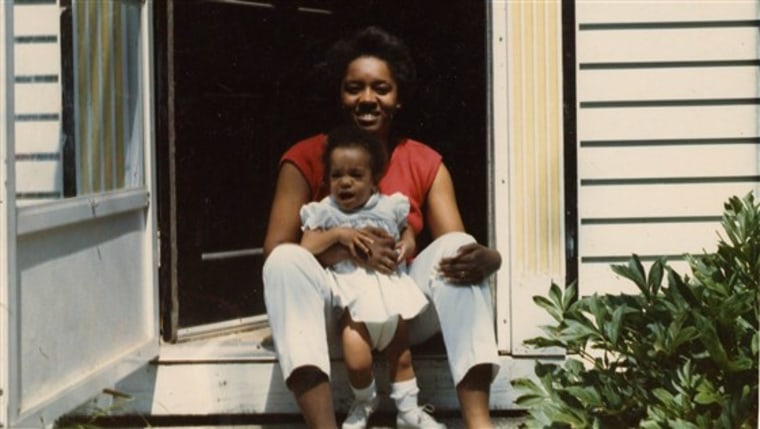
At a very young age, I chose to identify as biracial. My parents told me I could decide what I was, and that it could change. I could say I was black, white, both — whatever I wanted. I knew I had a white father and a black mother and that I was a mix of both of them. I was proud of that.
But out in the world, it wasn't so easy.
I've often felt society has wanted me to choose just one part of my identity because it's easier. Like Meghan Markle, who has written about growing up biracial, I've also faced the census forms, applications and medical forms asking me to declare my race. I've felt pressure to pick "black" because I have features associated with that race. But doing that denies another side of me, one that's just as important in making me Danielle.
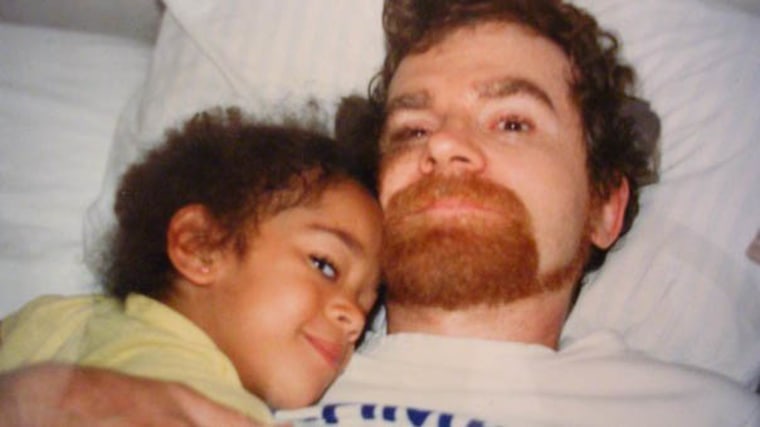
As I got older, I began to feel not white or black "enough." It's a common feeling among mixed race people; because you're not just one race, you feel like you don't fit in either category and that you have to prove you belong in both worlds.
Growing up, I didn't see many people who looked like me. I went to a predominantly white private school and didn't have a lot of friends of color in my neighborhood. While I have a sister who is also biracial, we don't look the same and have had different experiences.
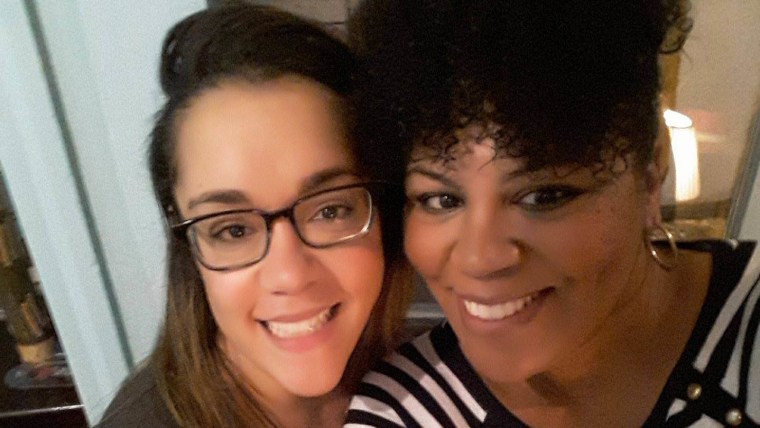
So I went on the hunt for my people, people who saw themselves as biracial and embraced it.
Luckily, I found them (and my self-acceptance) in college, where I attended an all-women's school with a diverse student body from around the world. There I finally met people who understood the frustrations, struggles, joys and annoyances of being multiple ethnicities. They knew what it was like to straddle two worlds, to be part of the "in between," to feel different.
It was OK to not pick one side or the other. I didn't have to pick or choose. I could just be Danielle.
And while I'm not marrying a prince (though there's still time), I find myself relating to Markle, who wrote, "While my mixed heritage may have created a grey area surrounding my self-identification, keeping me with a foot on both sides of the fence, I have come to embrace that."
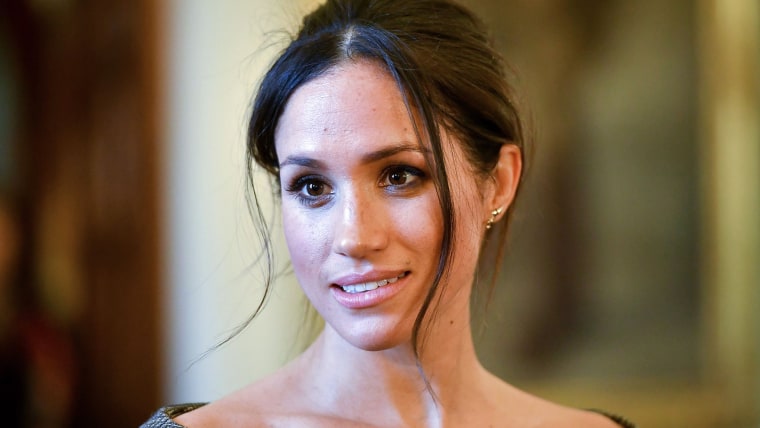
Like her, I've learned to embrace myself but it didn’t come easy. It took a lot of journaling, a lot of reading books from various mixed race authors, and conversations with my parents and friends. But the biggest change was silencing everyone else’s opinions of what I should look like or how should I identify.
Now, when someone asks "What are you?"
I answer proudly and confidently. I'm biracial, I'm Irish African-American, I'm half black and half white — whatever suits me in that moment. And I don't care if they have more questions or if my response doesn't meet their needs.
It doesn’t matter what anyone else thinks. I get to decide what I am.